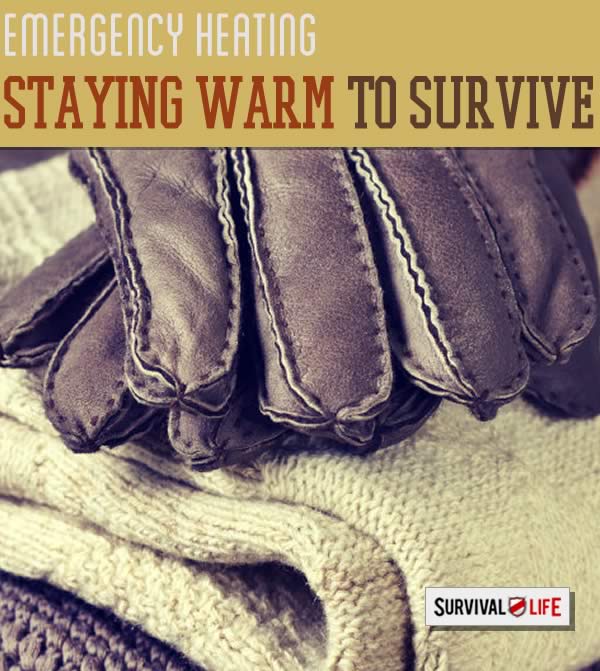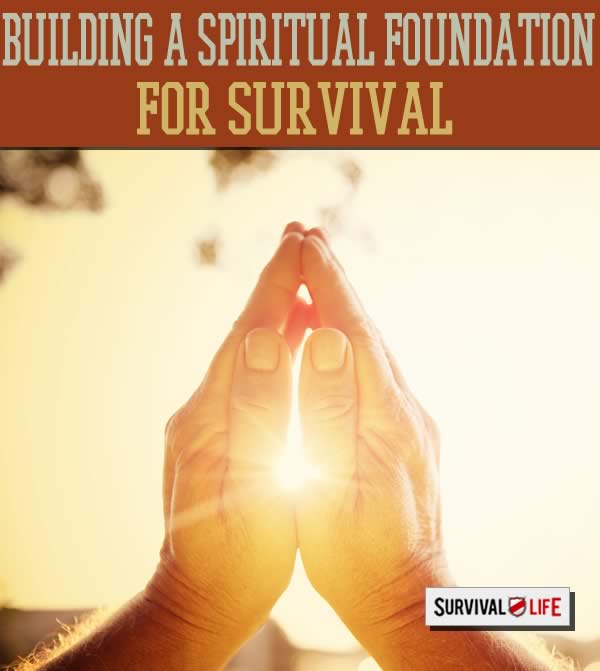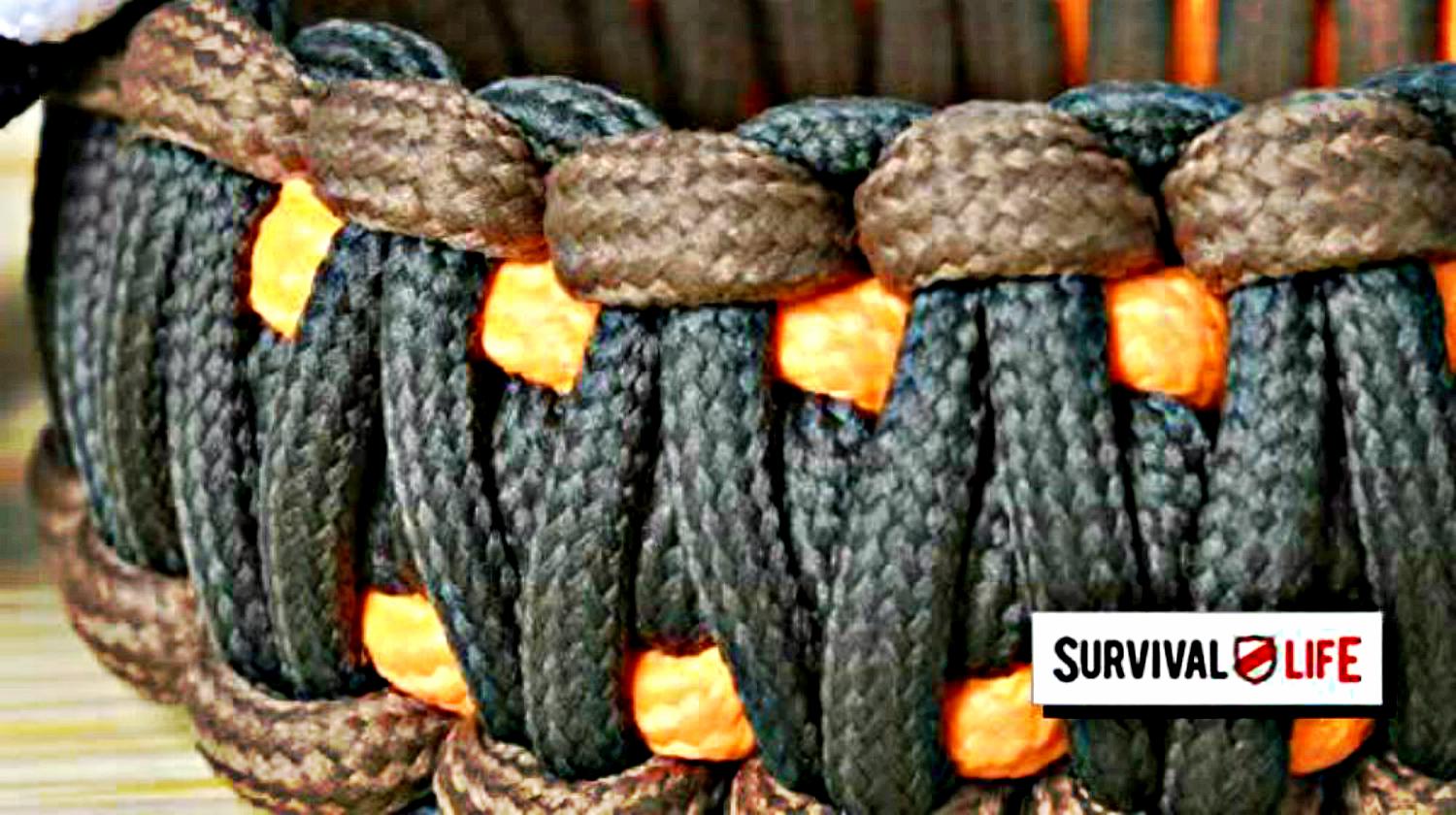Featured Articles
Generating Body Heat | Staying Warm to Survive

Outside, the wind blows and temperatures drop to near freezing. Suddenly the lights go out and the heater shuts off. Power has gone out in the neighborhood. How long will it take to come back on? The cold outside is already seeping through the windows, cooling the interior of your home…
Emergency Heating | Keeping Warm After the Power Goes Out
Until power is restored and the furnace can restart, you'll have to find a way to keep warm. Getting too cold can be dangerous and even deadly. You must keep your core temperature above 95°F (35°C), the point where hypothermia sets in and you will begin to physically suffer. Shivering and mental confusion occur first. If you're exposed to cold temperatures for too long, there’s a risk your heart will stop. You must act immediately to stay warm and survive.
When dealing with cold temperatures, you have to options—put on additional warm clothing or find a way to heat the room. Warming the body is easier and more efficient than warming the space. It can take a long time to heat the air in a room. It can take just seconds to heat the body, and space heating consumes a lot of energy. Here’s what you can do.
Generate Body Heat
Immediately put on a sweater. Layer up with more clothes. Put on a wool ski cap. Wrap a wool scarf around your neck. Put on a jacket and extra pair of slacks or jeans. Pull on a second pair of socks. Get out those gloves. Then look for your thermal underwear—you do have some—right?
When the temperature drops putting on more clothes helps—and a reduction of just 2°F (1°C) can reduce energy costs by 9 or 10%. And with no electrical power, and no consumption, the result is maximum energy savings. Just as long as you remain comfortable—comfort means 70°F (21°C)—even when the temperature of the skin is 92°F (33°C). Most loss of body heat occurs through the skin. The amount of insulation between the skin and the room atmosphere will determine the level of comfort. Clothing provides this insulation so lower room temperatures don’t sacrifice comfort.
Clo
Using clothing to better insulate the body can be evaluated using the measurement clo for “clothing.” It describes the thermal property of clothing measured at less than 50% humidity and in stagnant air. One clo defines the insulation required to keep a sitting person comfortable at 70°F (21°C). It corresponds to 0.155 square meters kelvin per watt. A clo of insulation is equal to wearing a three-piece business suit (light underclothes, shirt, trousers, and suit jacket).
In Europe clothing are often called “togs” so Europe adopted the “tog” measurement. A tog equals 0.645 clo.
In the U.S. the ability of a material to resist heat transfer through the material is called R-value. It’s a measure of thermal resistance. The higher the R-value selected, the better the insulating capability of the material. Stated in terms of clo, 1 clo is equal to 0.88 R, or an R-value of 1 is equivalent to 1.137 clo.
Clothing with a clo value of 2.7 will provide a neutral thermal feeling at 50°F (10°C). If the temperature drops to 32°F (0°C), 4 clo of insulation will be required to maintain the same sensation. Table 1 shows clo values for various articles of clothing. Adding the clo values for each item provides the insulation properties of a complete ensemble.
A person wearing underwear briefs (0.05), light socks (0.05), a short-sleeved T-shirt (0.10), long trousers (0.30), a heavy long sleeve shirt (0.25), and a medium sweater (0.30) has 1.00 clo of thermal protection. This person will feel comfortable sitting on a sofa watching a ball game at a temperature of 70°F (21°C). The complete ensemble serves as a heating system for human comfort.
Adding layers of clothing adds 1.6 clo for every 2 centimeters of thickness. Put another way, wearing 3 kg (6.6 pounds) of clothing provides 1.0 clo of thermal insulation—our reference for comfort.
Generating Body Heat With Thermals
Some clothing has been designed for specific levels of thermal insulation. Lightweight thermal underwear and outer wear considerably improve the warmth/weight ratio of clothing. A single layer of thermal long underwear allows the wearer to feel the same at 39.2°F (4°C) lower room temperature. Two layers of thermal underwear—top and bottom—more than doubles the clo value from 0.6 to 1.5 providing thermal comfort at 50°F (10°C).
Synthetic materials such as acrylic and polyester are 2.5 to 8 times better in the warmth/weight ratio than woven or knitted fabrics such as cotton or wool and are therefore better insulators. And quilt battings offer 13 to 17 times better warmth/weight ratios than cotton or wool. Perhaps this is why our ancestors created quilted blankets for use during cold winters in the Upper Midwest. A quilt is just warmer than several blankets.
Cotton long underwear adds 0.4 clo to thermal comfort. Use wool and the clo value is 1.0 easily allowing a reduction of indoor temperature of over 42°F (6°C).
Metabolic Effect
Human activity that increases body heat is the most significant factor influencing thermal comfort. A resting person may require 12 clo to feel warm at -40°C but only 4.0 clo if they’re walking. A 2.7 clo insulation factor at 50°F (10°C) can be lowered to 1.7 clo if the person is talking, typing, or actively painting. And if they’re jogging their body may only need 1.25 clo of clothing insulation.
Heat production can be measured in watts. Increasing metabolic heat production by 30 watts allows the temperature of comfort to reduce about 35°F (1.7°C). A sleeping person needs 2 clo of insulation at 68°F (20°C). Most sleeping bags insulate to more than 10 clo because of this fact.
This invites an interesting question, “What clo values could be used to survive comfortably and indefinitely without heating your home?”
In my next article we'll take a look at interior heating techniques.
In the meantime, take a look at these products that can help you retain body heat in an emergency:
Solar GeneratorThe Limits of the Human Body
Heat Stroke: Signs, Symptoms and Prevention
Heat Exhaustion: Signs, Symptoms and Prevention
-

 Paracord Projects1 year ago
Paracord Projects1 year agoParacord Projects | 36 Cool Paracord Ideas For Your Paracord Survival Projects
-

 Paracord Projects1 year ago
Paracord Projects1 year agoHow To Make Paracord Survival Bracelets | DIY Survival Prepping
-

 Medical Care1 year ago
Medical Care1 year ago21 Home Remedies For Toothache Pain Relief
-

 Knife Laws1 year ago
Knife Laws1 year agoAre Switchblades Legal? Knife Laws By State
-

 Do It Yourself1 year ago
Do It Yourself1 year agoSurvival DIY: How To Melt Aluminum Cans For Casting
















Michael W. Perry
November 6, 2014 at 8:27 AM
Years ago, I stupidly put myself in a position where, with but a three-season sleeping bag, I needed to winter a night in a campsite above a frozen lake at temperatures down to 15 below. I managed by:
1. Setting up both the tent itself and the rain fly. The tent rattled and shook through the night from wind gusts, but there was no wind-chill factor to contend with.
2. Putting on every scrap of clothing I had with me, including my winter down coat and my climbing boots. It was very cramped inside that sleeping bag, but the added clothing helped.
3. Clinching up the top of my sleeping bag, leaving only a small hole to breath through. I also slept on my back, which I don’t normally do, since that seemed the warmest.
4. The cold was still so bad, I woke up shivering every hour or so. I used isometric exercises, which require no body movement, to burn energy and keep me warm. If I were to repeat the experience, I’d have woken up a few times and heated up a warm drink or just warm water on my camp stove.
http://en.wikipedia.org/wiki/Isometric_exercise
It was a cold and miserable night, but I woke up the next morning without a trace of frostbite and to a beautiful new snowfall and a sunny day. That made it worthwhile. it became an adventure rather than a disaster.
Those who may have to weather a winter storm in their homes without power might want to visit thrift stores and pick up old sleeping bags, comforters and blankets cheaply. Combined in layers, they can keep you warm down to some quite cold temperatures. And have some sort of self-powered stove to cook on. Warm food can help family morale marvelously.
–Michael W. Perry, editor of Across Asia on a Bicycle
Dan Redding
November 9, 2014 at 12:11 PM
That is a great anecdote full of wonderfully useful information. Thank you for sharing.
don hayton
November 6, 2014 at 5:28 PM
a big heat loss in the house is the bath room vent in the ceiling so close the bath room doors if your heat shuts down.
left coast chuck
November 7, 2014 at 9:35 AM
Two other areas for loss of heat, one is the vent in the kitchen over the stove. IF the stove is inoperable due to loss of electricity or gas pressure, lose off the kitchen vent with plastic sheeting. The second place to lose heat is a fireplace. If you are not using the fireplace, close the chimney vent, and then because the chimney vent usually is an imperfect seal, close the opening to the fireplace with plastic sealing it around the edges with your roll of duct tape. Of course, if you have wood available, you can use your fireplace to heat the room that it is in. A small fire is better than a roaring fire as you don’t know how long your wood pile must last and you don’t need to raise the temperature to 75°, just to 50° will be good enough to survive if you have adequate clothing.
Cindy Schuyler
November 7, 2014 at 2:29 AM
I tried submitting an order for the free flashlight and all that was needed was to pay for shipping. But when I went to submit this I kept getting a message that my card was denied. Why was my card denied. Its an active card that I have been using all along and your website is saying that my card is no good. So now can I get my free flashlight???
Kathleen Schaefer
November 7, 2014 at 12:02 PM
Cashmere is 7 times warmer than wool, the fibers are much finer and have more insulation value, ( & feel softer, yum!)
When caring for my grandmother(104), found putting a wool blanket Under the bottom sheet helps, also cashmere socks/( old cashmere sweater sleeves), and down booties. A down lap robe on top of the covers helped with keeping warm without as much weight, and ( added bonus!) doesn’t get ” hogged” when turning over at night.
Wearing a woven shirt over cashmere sweater ( or 2-3) over a cotton or silk! Long underwear layer creates a “body quilt” and a down vest or “sweater” over that (with hood!) sweetens comfort also. Keeping the core/trunk temperature
” up there” is key, and majorly helps with warm extremities / comfort level. (Also, (not as cool ; ) ) when experiencing a sudden flush of heat pulling up shirt and exposing abdomen for 15-30 seconds usually adjusts comfort level.
Adding spice to foods/drinks helps stoke the internal fires of digestion especially spices like ground ginger and red pepper.
Pingback: Generator is Out? Generate Body Heat
Pingback: Prepper Land Missouri Quilt | Extreme Survival Guide
Pingback: 10 Ways to Stay Warm in New York’s Frozen Winter Temperatures | New York
Pingback: 10 Ways to Stay Warm in New York’s Frozen Winter Temperatures | Broke-Ass Stuart's Goddamn Website
Pingback: Winter Storms | How to Stay Warm and Survive the Cold
Pingback: Heart Attack Signs You Should Know To Survive When You Are Alone | Primitive technology
Pingback: Heart Attack Signs You Should Know To Survive When You Are Alone – Ultimate Survival Alerts
Pingback: Heart Attack Signs You Should Know To Survive When You Are Alone